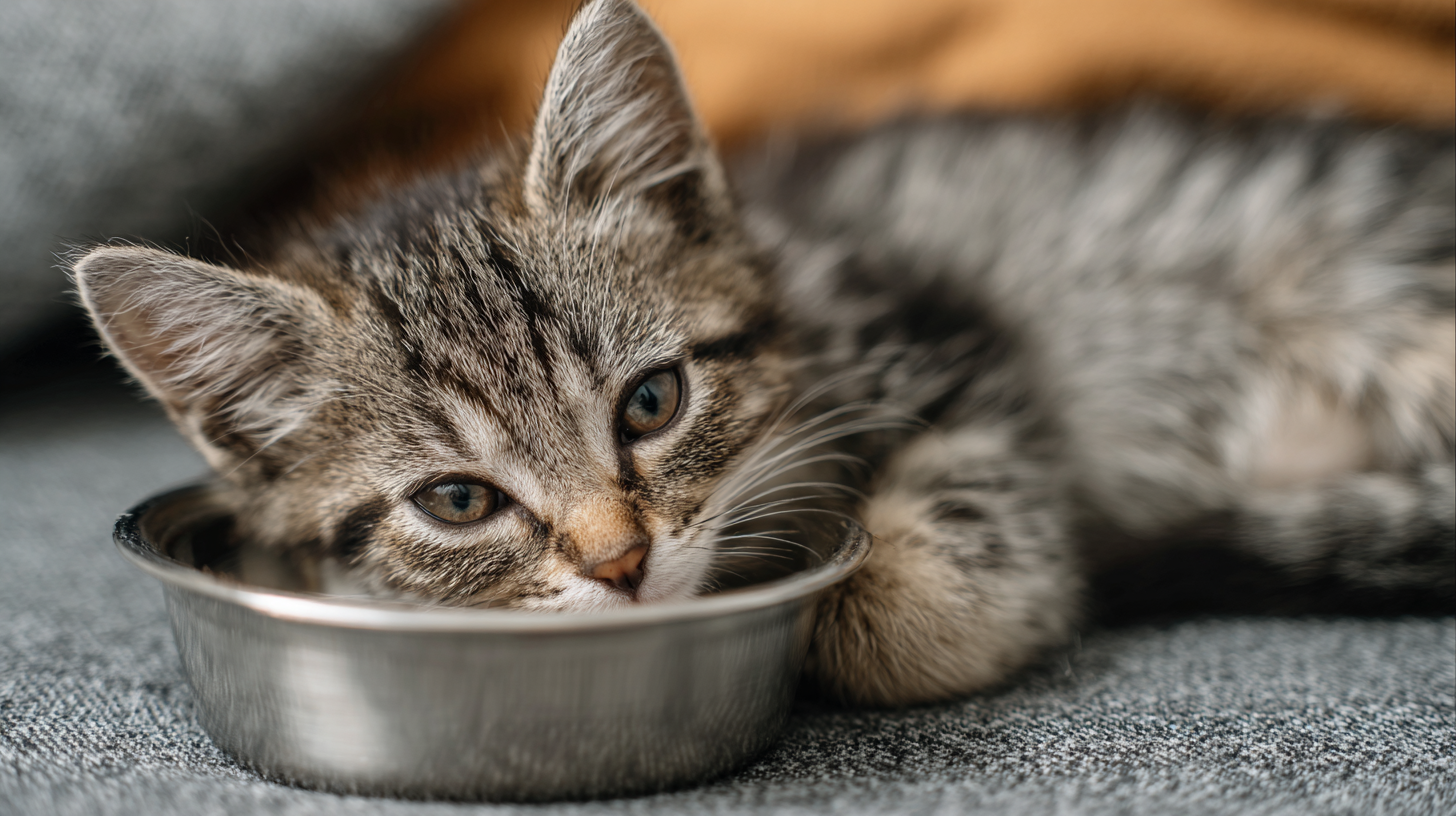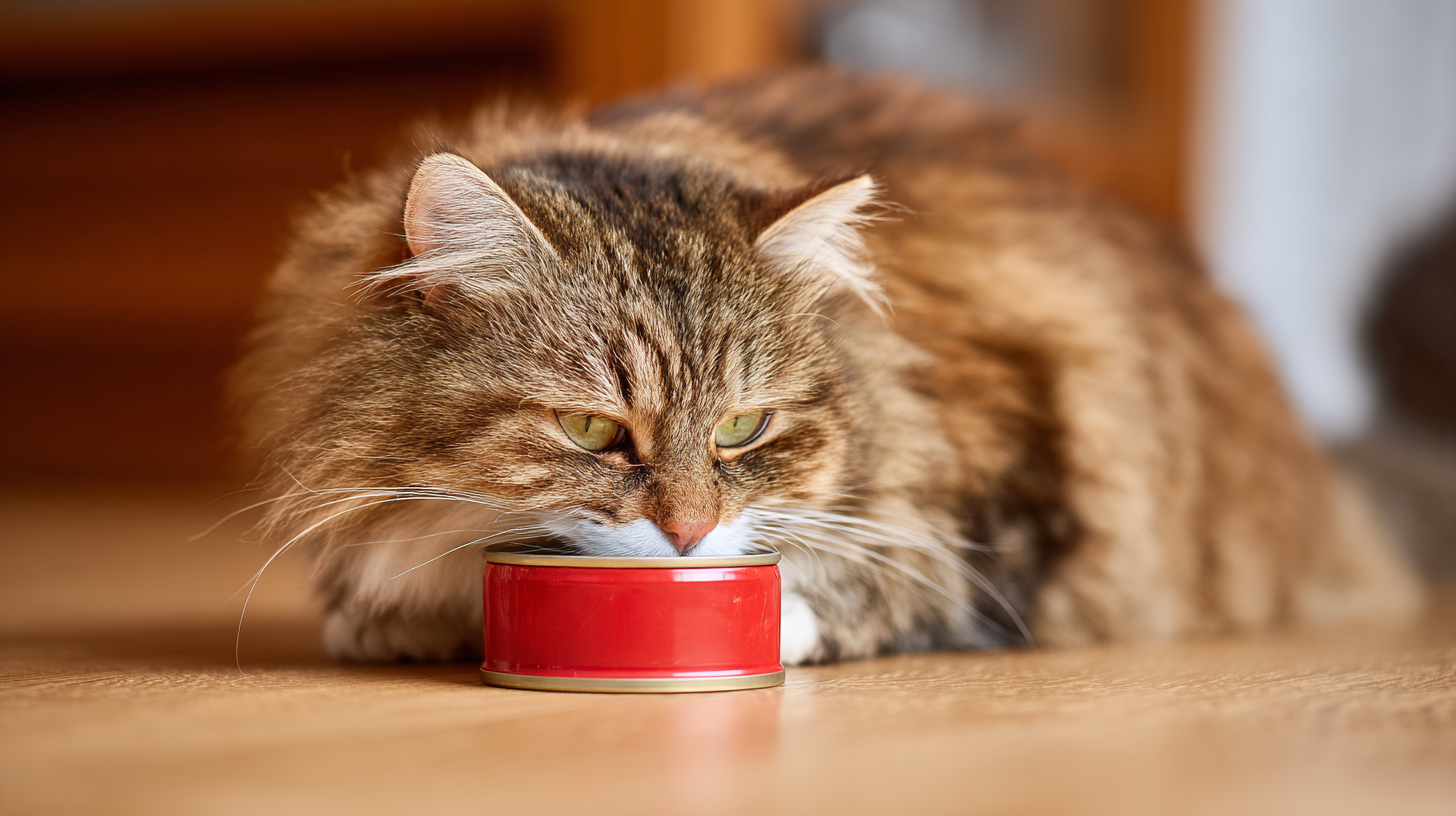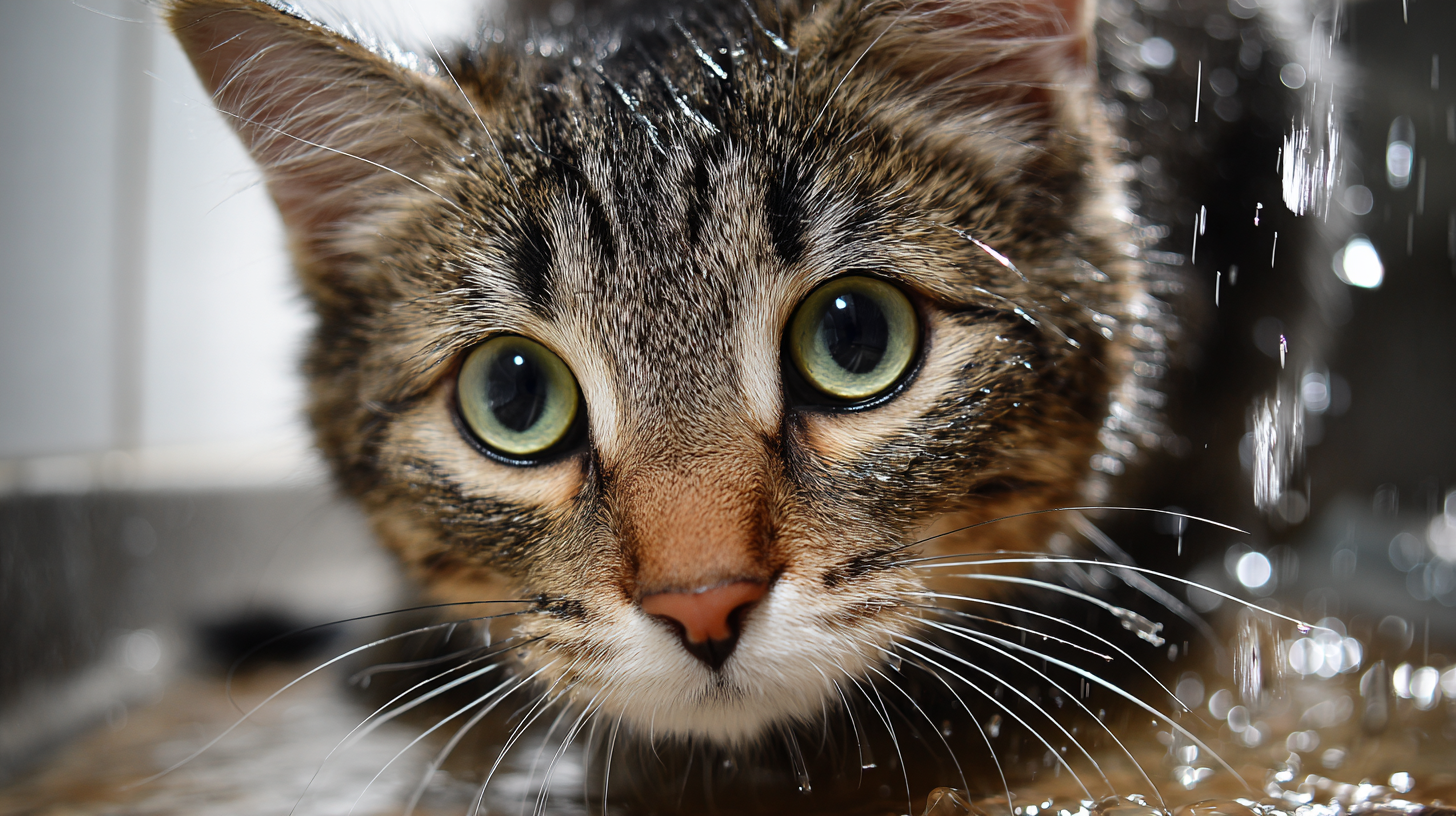When it comes to ensuring our feline friends lead healthy and happy lives, choosing the right diet is crucial. One of the best options available on the market is wet canned cat food, renowned for its flavor and nutritional benefits. Unlike dry kibble, wet canned cat food offers higher moisture content, which is essential for cats’ hydration, particularly for those who may not drink enough water on their own. Additionally, the rich protein content in wet food aligns with a cat's natural carnivorous diet, promoting muscle health and overall vitality. With an array of flavors and formulations designed to cater to different life stages and dietary needs, wet canned cat food can significantly enhance your cat's overall well-being. In this blog, we will explore ten compelling reasons why incorporating the best wet canned cat food into your pet's diet is not just beneficial but essential for their health.

Wet canned cat food is often hailed for its outstanding nutritional benefits, making it an essential part of your feline's diet. One of the primary advantages is its high moisture content, which helps keep your cat hydrated. This is particularly important because many cats do not drink enough water, and dehydration can lead to serious health issues, including urinary tract problems. The added moisture in canned food not only aids in hydration but also supports kidney function and reduces the risk of urinary crystals.
Another significant benefit of wet canned cat food is its rich protein content. Cats are obligate carnivores, meaning they require a diet high in animal-based proteins to thrive. Wet food typically contains higher levels of protein and fewer carbohydrates than dry kibble, closely mirroring the nutritional profile of a cat's natural diet. This protein-rich composition supports muscle health, promotes a healthy coat, and fuels their active lifestyle. Additionally, wet food is often formulated with essential vitamins and minerals, enhancing its overall nutritional value and ensuring your feline friend receives a balanced meal.
When searching for high-quality wet canned cat food, it's vital to identify reputable manufacturers who prioritize nutrition and safety. Research conducted by the Association of American Feed Control Officials (AAFCO) indicates that quality pet food should meet specific nutritional standards. Manufacturers that comply with AAFCO guidelines often invest in rigorous testing and quality assurance protocols, ensuring their products deliver optimal health benefits for cats. Look for brands that provide transparency regarding their ingredient sourcing and manufacturing processes.
In addition to certification, consider brands that conduct third-party testing, which can further validate product quality. A report from the American Veterinary Medical Association (AVMA) highlights that companies engaged in independent testing often maintain higher standards regarding ingredient safety and nutritional integrity. When evaluating potential cat food options, prioritize those with clear labeling, detailing protein sources, and avoiding fillers. This careful selection process not only supports your cat's health but also fosters trust in the manufacturer’s commitment to excellence.
 When selecting the best wet canned cat food for your feline companion, it's essential to focus on the quality of the ingredients. Premium wet canned cat foods often feature real meat as the first ingredient, which is crucial for providing the protein that cats need for optimal health. Look for identifiable sources of protein, such as chicken, turkey, or fish, as these ingredients not only contribute to muscle development but also support a healthy immune system.
When selecting the best wet canned cat food for your feline companion, it's essential to focus on the quality of the ingredients. Premium wet canned cat foods often feature real meat as the first ingredient, which is crucial for providing the protein that cats need for optimal health. Look for identifiable sources of protein, such as chicken, turkey, or fish, as these ingredients not only contribute to muscle development but also support a healthy immune system.
Another critical aspect to consider is the inclusion of essential nutrients such as taurine, omega fatty acids, and vitamins. Taurine is an amino acid vital for heart health and vision in cats, while omega fatty acids promote a glossy coat and healthy skin. Additionally, a balanced blend of vitamins and minerals will ensure that your cat receives all the necessary components for their overall well-being. Avoid foods with artificial preservatives, fillers, or by-products, as these can compromise your cat’s health in the long run. By prioritizing high-quality ingredients, you can significantly enhance your feline's diet and overall vitality.
When it comes to selecting the best wet canned cat food, understanding how to read cat food labels is crucial for ensuring your feline’s health. Labels can often be misleading, so familiarity with the terminology is essential. Look for clear, descriptive ingredient lists, and remember that the first few ingredients should ideally consist of high-quality protein sources, like real meat or fish. Be wary of vague terms such as "meat by-products," which can indicate lower-quality ingredients.
One tip for decoding pet food labels is to pay attention to the nutritional adequacy statement. This tells you whether the food meets the standards set forth for your pet's life stage, whether they are a kitten, adult, or senior. It is also important to watch out for added preservatives or artificial colors, which can detract from the food's quality. Moreover, newer labeling requirements aim to modernize packaging, making it easier to find relevant information. However, always go beyond the label to research brands and their formulations, ensuring you're providing your cat with the optimal nutrition they deserve.
| Nutritional Benefit | Importance | Recommended Daily Intake | Example Ingredients |
|---|---|---|---|
| High Moisture Content | Hydration, especially for cats who don’t drink enough water | At least 50-70% of diet | Water, broth |
| High-Quality Protein | Supports muscle maintenance and energy | 40-50% of daily calories | Chicken, turkey, fish |
| Essential Fatty Acids | Skin and coat health | 5-15% of daily calories | Fish oil, flaxseed |
| Vitamins and Minerals | Overall health, immune function | Varies by age and health | Vitamin E, zinc |
| Digestive Support | Promotes healthy digestion | Include in every meal | Probiotics, fibers |
| Palatability | Encourages cats to eat | Varies with preference | Real meat chunks, gravy |
| Weight Management | Helps maintain healthy weight | Portion controlled | Low-calorie options |
| Fewer Carbohydrates | Reduces risk of obesity and diabetes | Limit to under 10% | Grain-free options |
| Hydration for Urinary Health | Reduces risk of urinary tract issues | Daily focus | Balanced wet food formulations |
| Overall Variety | Encourages a balanced diet | Rotate flavors/brands | Different proteins, textures |
Many cat owners harbor misconceptions about wet canned cat food, believing it to be purely a treat rather than a nutritional necessity. However, studies indicate that wet food can play a vital role in maintaining your cat's health. According to a report from the Journal of Feline Medicine and Surgery, wet food can significantly increase a cat's water intake, which is crucial for urinary tract health. It has been shown that cats consuming wet food have a lower incidence of urinary crystals and stones, a common issue in felines that can lead to serious health complications.

Another prevalent myth is that wet food lacks essential nutrients compared to dry kibble. In reality, many canned cat foods meet or exceed the nutritional guidelines set by the Association of American Feed Control Officials (AAFCO). A comprehensive analysis by the Pet Food Institute shows that high-quality wet food provides a balanced diet, delivering necessary proteins and vitamins, which are essential for your cat's overall well-being. Additionally, the moisture content in wet food promotes better digestion and can help prevent obesity, warranting its necessity as a staple in many cats' diets rather than a mere indulgence.
